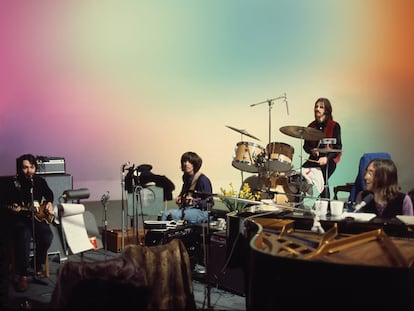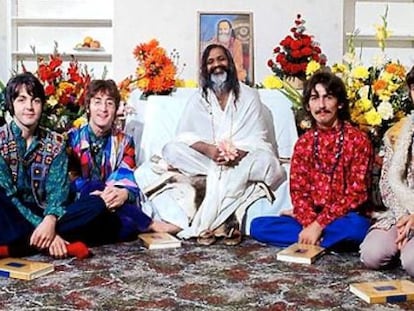The meaning of ‘Lennon’s disobedient glasses,’ which are beloved by everyone from Denzel Washington to Harry Potter
A politically tinged tweet references the symbolism and history of the glasses worn by the artist who was more famous than Jesus. The Beatle started using them in Almeria, Spain, and they ended up as a global icon
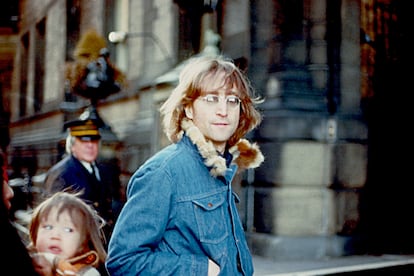
In 1980, Yoko Ono took a photograph of the end of a collective dream. It featured the most recognizable glasses in history, stained with blood, placed next to a glass of water that was clearly half empty. In the backdrop, was a hazy view of the trees in Central Park and behind them the Manhattan skyline. The artist was still in the Dakota, where Mark David Chapman had just murdered John Lennon, and that photo — which later illustrated her 1981 album Season of Glass — became a relic. It was the symbol of the violent end of something greater than the most famous musician in history: a pop culture saint, a symbol of pacifism and hippie ideals. It was an end to that world, without countries, without heaven or hell, without wars or religions that a whole generation imagined, an end to the kind of life that Lennon wanted to see through his round glasses.
The rebellious spirit of those glasses is still recognized today: a few days ago, the political scientist and co-founder of Spanish political party Podemos, Juan Carlos Monedero, who wears lenses very similar to the Beatle’s, cited his “disobedient Lennon glasses” (which he implied shaped how he sees and understands things) as the reason for his umpteenth break with politician Pablo Iglesias. Here, we review the history and symbolism of these glasses, which began as a piece of craftsmanship in Germany, became the most popular spectacles in England, ended up as the most recognizable element of the man “more famous than Jesus” and wound up being a statement in themselves.
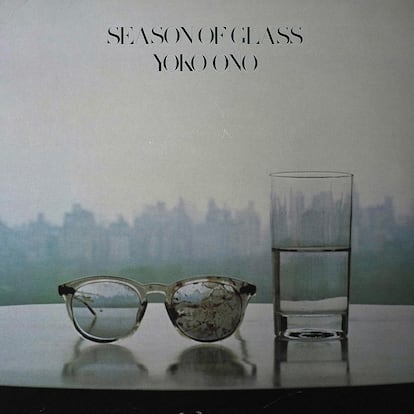
Lennon did not wear glasses at first. Despite having significant myopia (his prescription was -8.25 in the right eye and -7.50 in the left, according to a 2019 analysis by St Paul’s Eye Unit), he wore contact lenses for years. The first time he was seen in his iconic round wire lenses was in Almeria, Spain, where he shot Richard Lester’s film How I Won the War (based on Patrick Ryan’s 1963 novel), a black comedy in which he played a soldier named Gripweed. The film went unnoticed, but Lennon found himself comfortable wearing the Windsor-rimmed glasses for which he would become known all over the world.
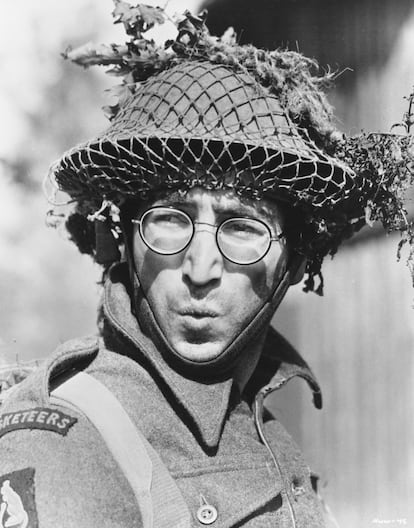
Those black acetate glasses were made of coiled metal wire. Traditional Windsor glasses feature a circular wire frame, round lenses and a saddle-shaped bridge, also known as a W bridge, which sit directly on the nose, without nose pads (they arrived in 1920 and the glasses have been common since 1880). Because of their small, rounded shape they are also called teashades.
After the film, Lennon began wearing this style of glasses, specifically the Panto 45 model from the London manufacturer Algha Works, the oldest in the UK; the brand is now known as Savile Row. Since 1932, the factory has produced wire frames using late 19th-century machinery from a factory in Rathenow, Germany, which was founded by Max Wiseman in 1898. In 2020, the headquarters moved to Italy, where the company continues to produce handmade 18-karat gold frames.
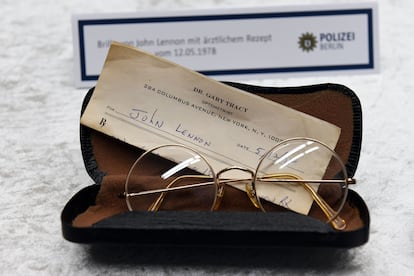
In its heyday, Algha manufactured 1.5 million frames a year as part of the British health system’s (NHS) free eyeglasses program and employed up to 150 people, before Margaret Thatcher suspended the program in 1988. In addition to Lennon, the brand’s famous customers included Elizabeth II, Sean Connery, Daniel Radcliffe in the Harry Potter saga, Harrison Ford as Indiana Jones in Raiders of the Lost Ark, Denzel Washington and Johnny Depp.
Soon, Lennon tried the orange tint, a shade customized by Agha in the 1970s; thanks to it, the Englishman saw the world in a warmer color, and not only figuratively. That orange filter stayed with him forever (he composed songs like Imagine wearing those glasses), and it also probably helped reduce the visual stress on his eyes: Lennon is believed to have suffered from an optical disease known as Irlen syndrome, which made him particularly sensitive to bright light.
Moreover, the artist considered orange to be an inspiring color: apparently, Lennon believed in Feng Shui, which says that the color orange is conducive to creativity.
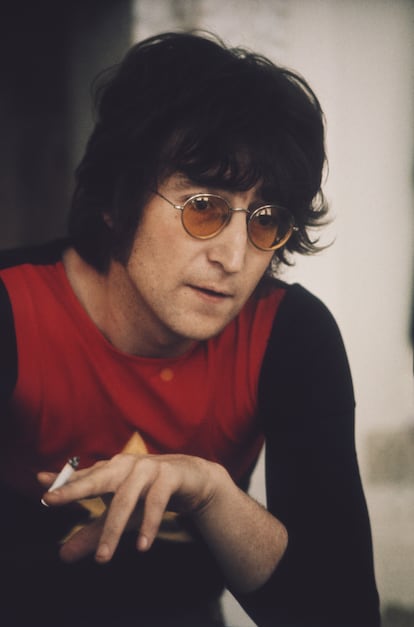
Lennon was one of the first artists to understand his glasses not so much as a visual aid but as a style statement. At the height of Beatlemania, the round wire-rimmed frames were an integral part of his expression, a kind of amulet: not only did they serve an obvious functionality, but they also helped him handle the persona of the most famous man in the world (even more so than Jesus Christ, as he himself said in a 1966 London Evening Standard interview). At that time, such glasses were already associated with important people like Ghandi, James Joyce, Groucho Marx and Ernest Hemingway, and Janis Joplin had started to wear them in the 1960s.
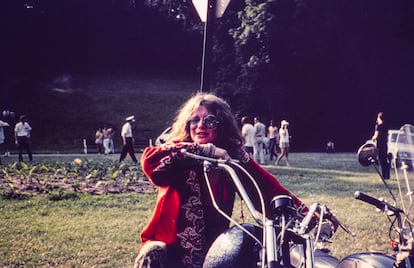
Thus, Lennon’s glasses began to signify him and his causes, ideals and quirks: “I’m not going to change the way I look or feel to suit anything” is one of the phrases attributed to him at the time. As he became a countercultural icon and a staunch activist against the Vietnam War, he began to collect dozens of glasses, usually round but some also had thicker frames. He bought them at flea markets (it is said that one of his favorite stalls was in London’s Camden Passage), as well as from an optometrist on New York’s Upper West Side (Dr. Gary Tracy still practices to this day). One of Lennon’s favorites were a pair of flip-up spectacles called Green Japanese that were handcrafted in Tokyo. He also had them in 14-karat gold with an earlier version of photochromic glass (a lens that reacts to light and dark). Lennon also liked the Kolus model with a beveled silhouette designed in 1962 by Oliver Goldsmith, a brand that is still sold today.
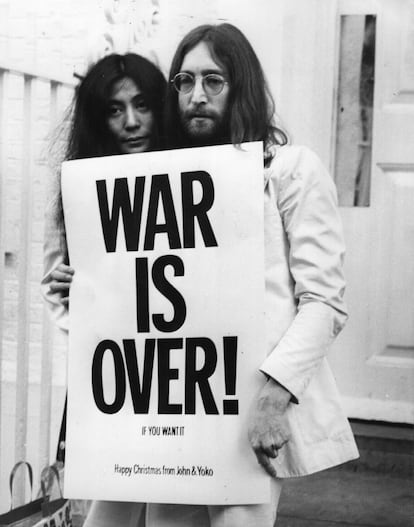
Their hallmark was their eyewear, and today the brand still recalls their products’ impact on popular culture: “When the Beatles arrived in the United States in 1964, they brought with them a fresh and exciting fashion sensibility that captivated American youth. Young fans on both sides of the Atlantic sought to emulate their style, sparking a global frenzy for anything remotely related to the Fab Four. As the 1960s progressed, so did the Beatles’ musical and fashion sensibilities. Their breakthrough album Revolver, released in 1966, marked a turning point in both the band’s sound and style. Designed by Klaus Voormann, the cover featured a bold, psychedelic collage that reflected the band’s evolving creative spirit. This album cover and their experimental fashion choices of the time became emblematic of the psychedelic era.”
Lennon wore his round glasses for his legendary bed-ins, a curious silent protest in which he and Yoko Ono did not get out of bed for a whole week: first, in March 1969, in room 702 of the Hilton Hotel in Amsterdam and two months later, in May, in suite 1742 of Montreal’s Fairmont The Queen Elizabeth Hotel. He also wore the glasses in the video clip for Imagine (released in 1971); the spectacles were so identified with Lennon that the cover of his 1974 album Walls and Bridges featured Lennon with multiple lenses (photographed by Bob Gruen).
Thus, those wire frames became charged with meaning and synonymous with hippie ideals, pacifism, youth counterculture and other 1970s social issues.
In recent years, some of the glasses that belonged to Lennon have been sold at auction (an anonymous British man paid $2 million in 2007 for a pair of glasses that the artist gave away on his 1966 tour of Japan, and in 2019 an American who was the Beatles’ chauffeur and assistant, Alan Harring, auctioned off another pair for about $178,000 at Sotheby’s). This is how the glasses of pacifism ended up capitalizing on their symbolism.
Sign up for our weekly newsletter to get more English-language news coverage from EL PAÍS USA Edition
